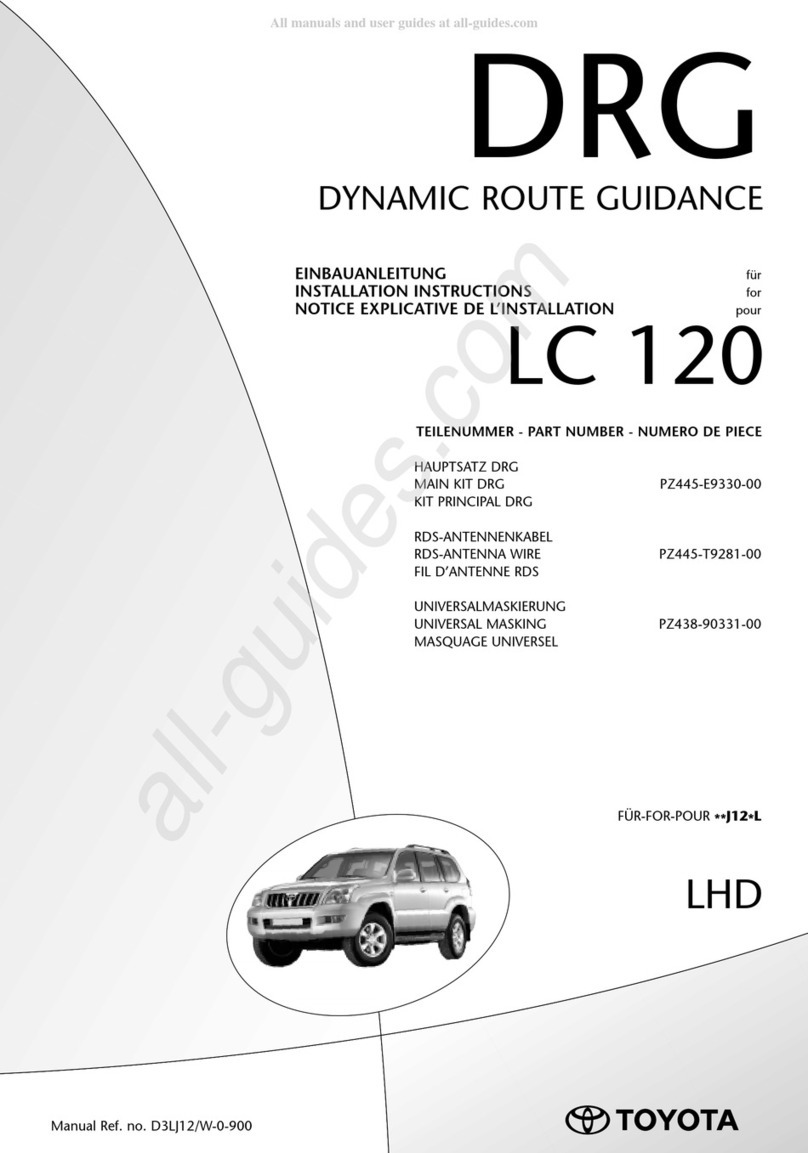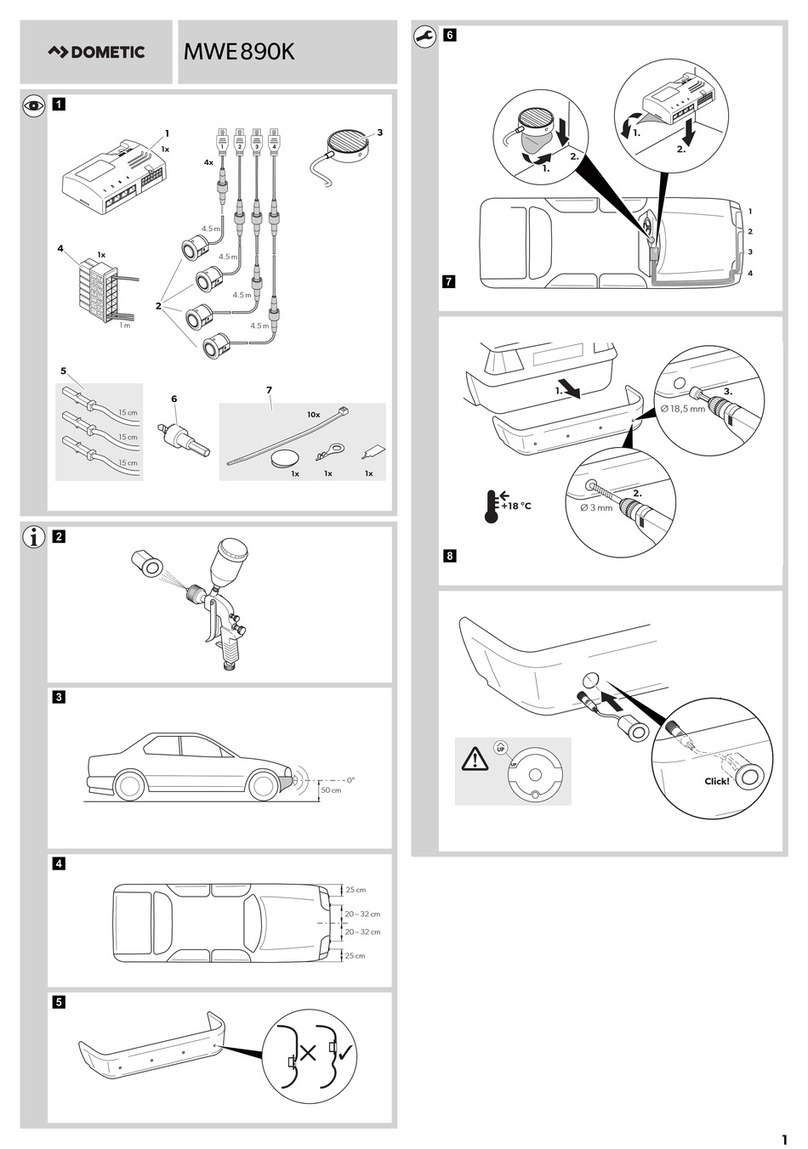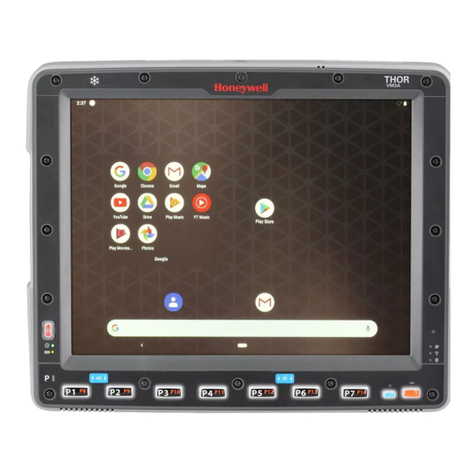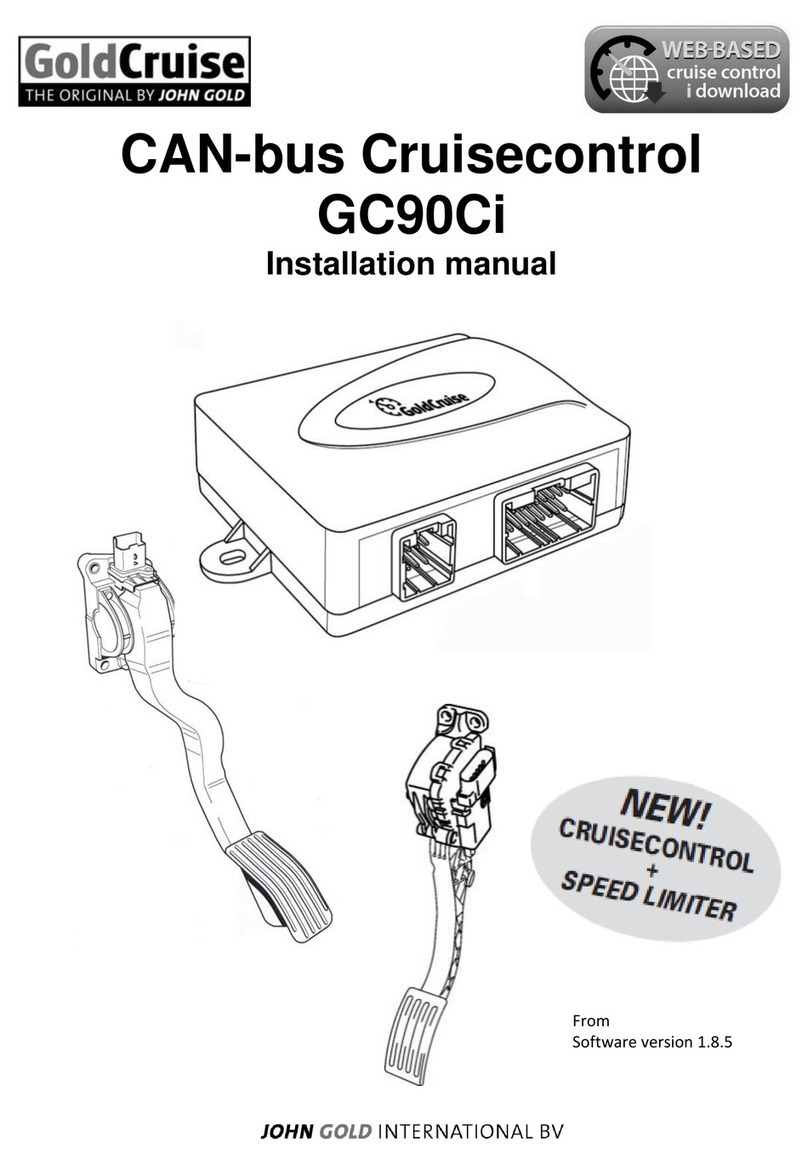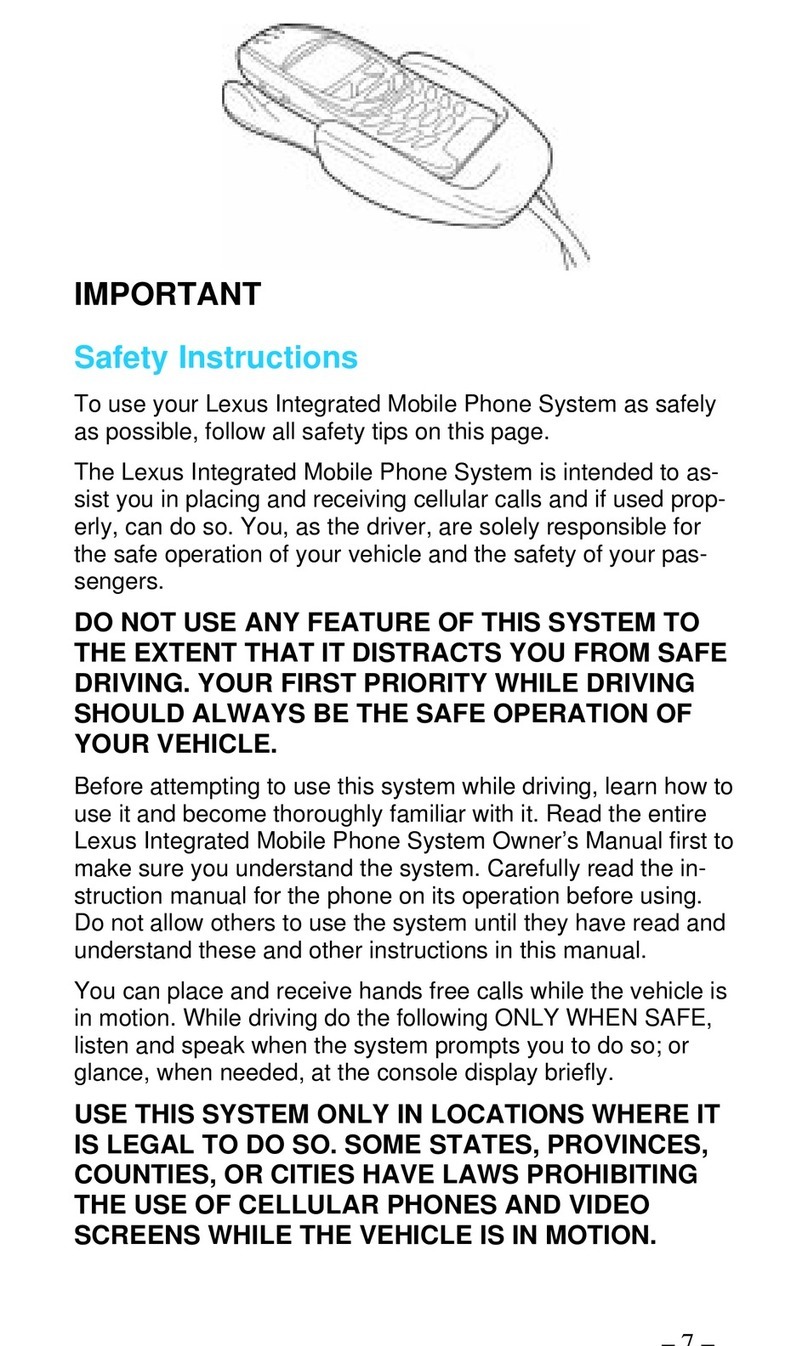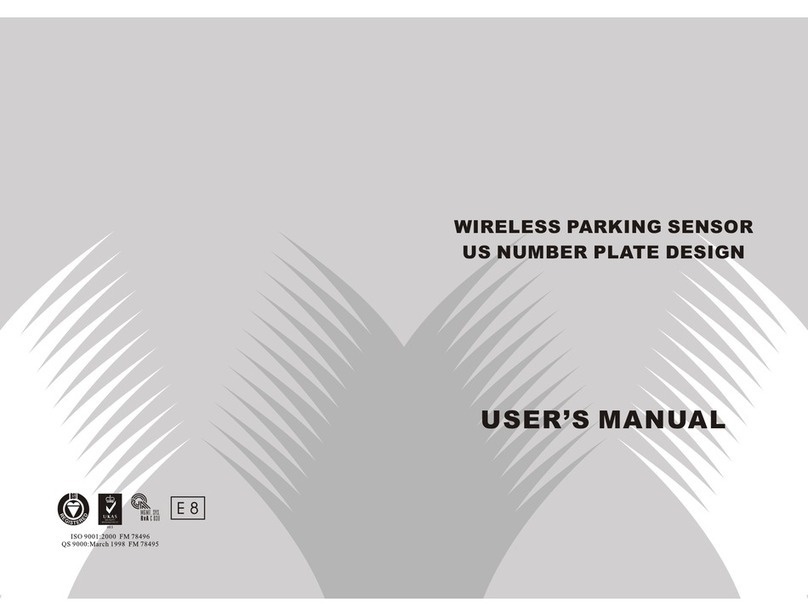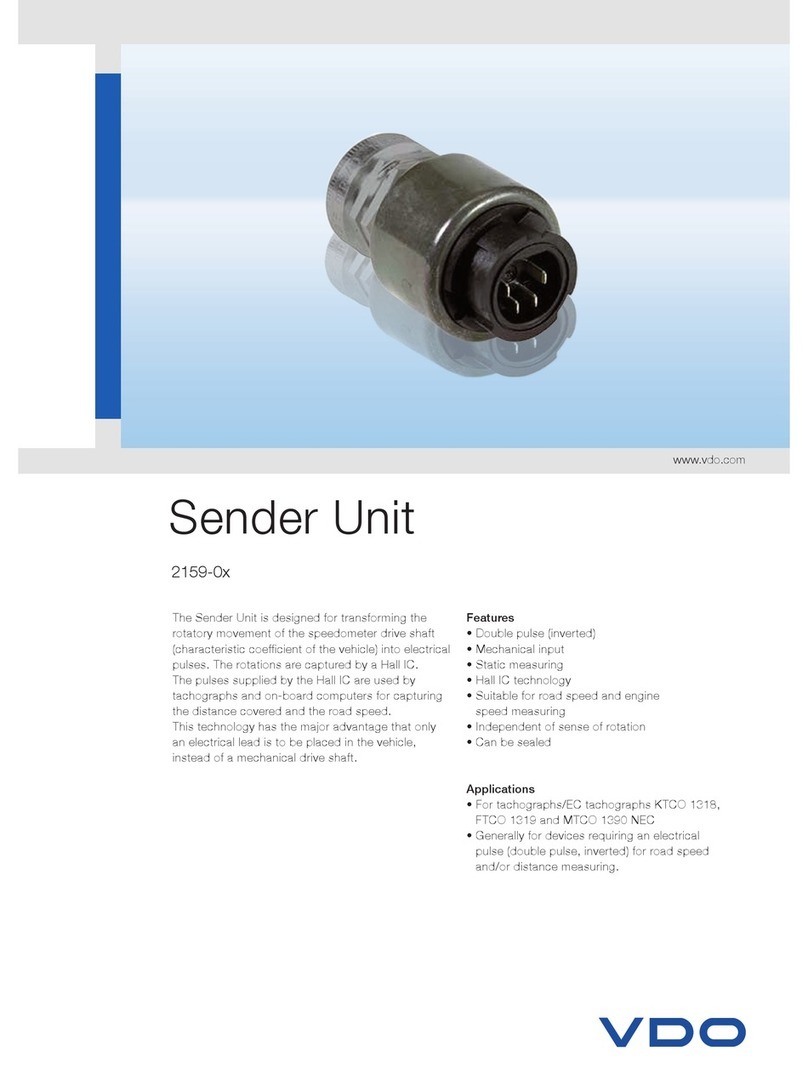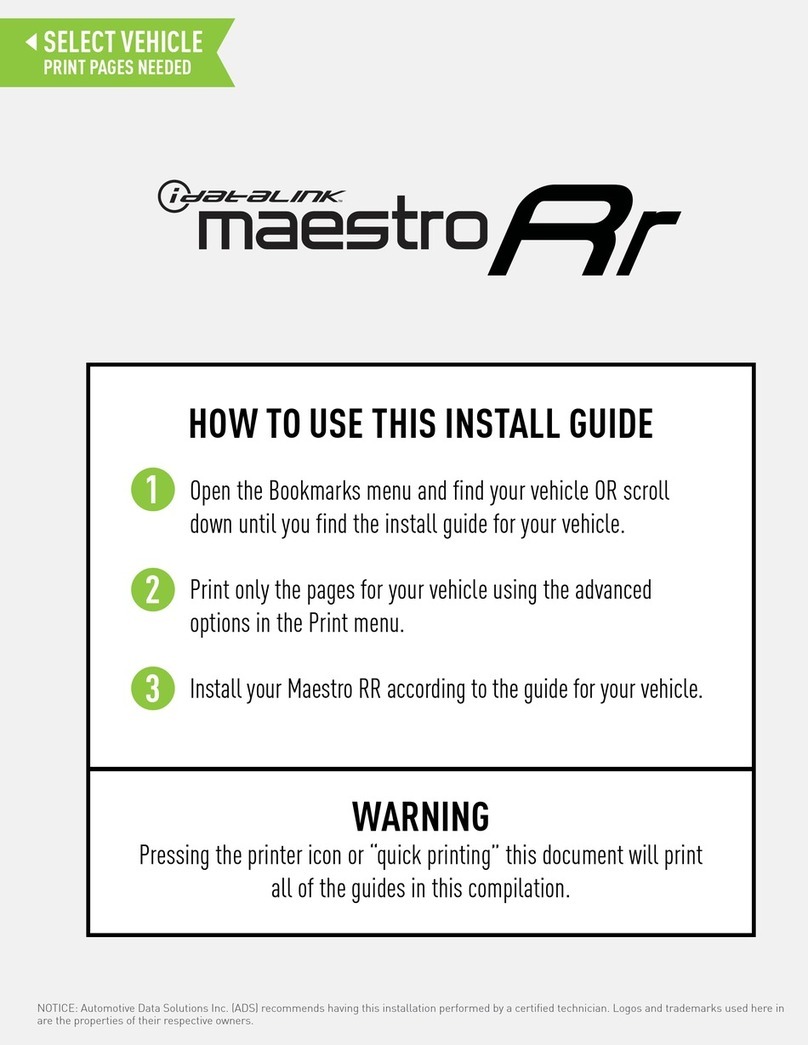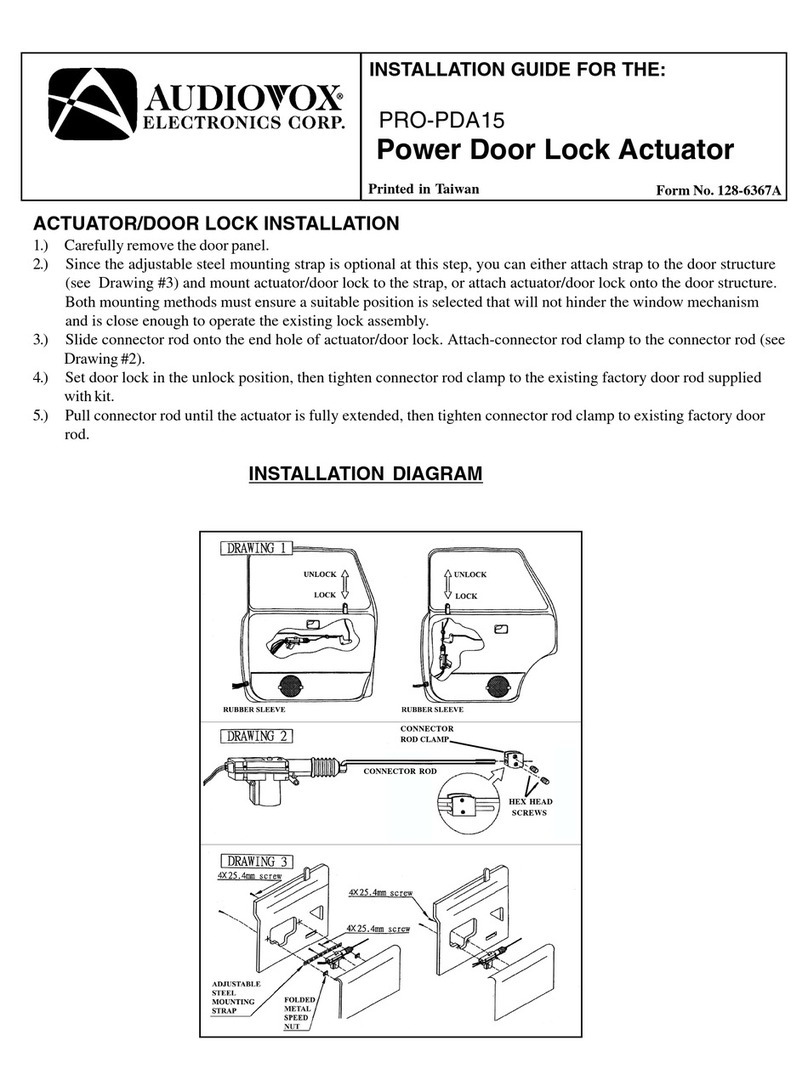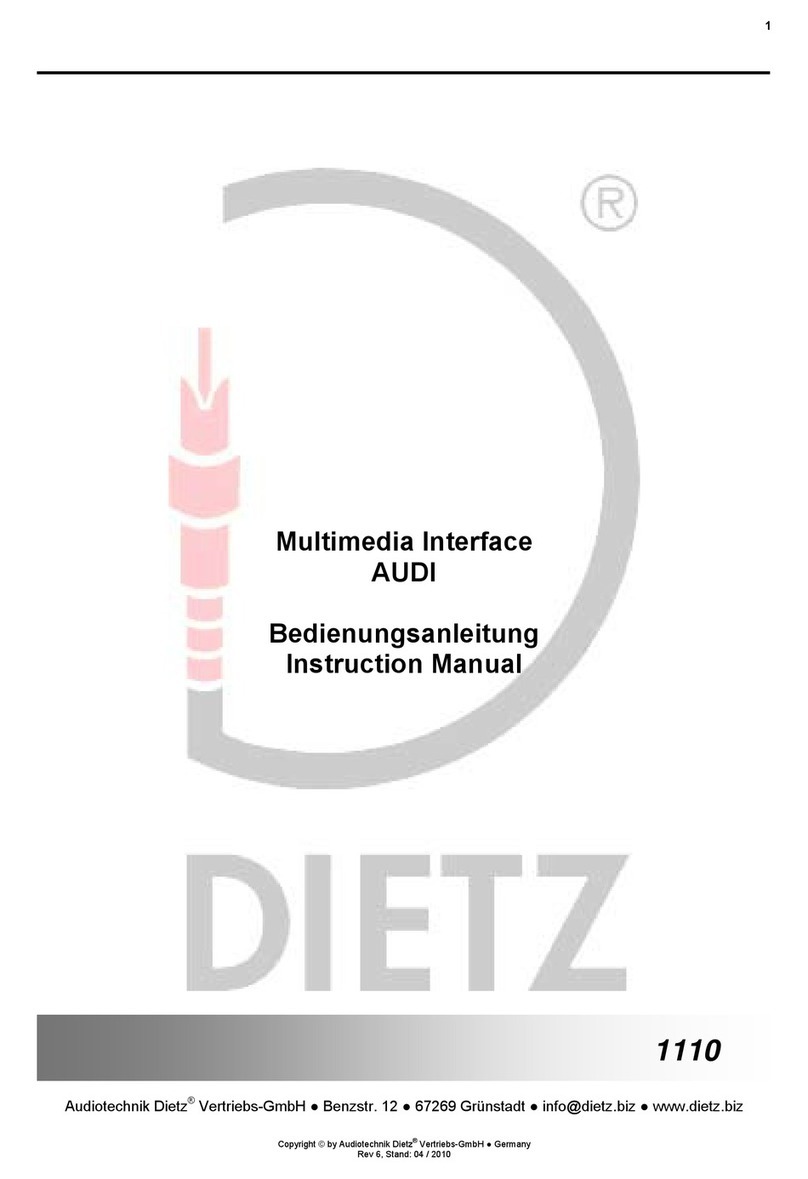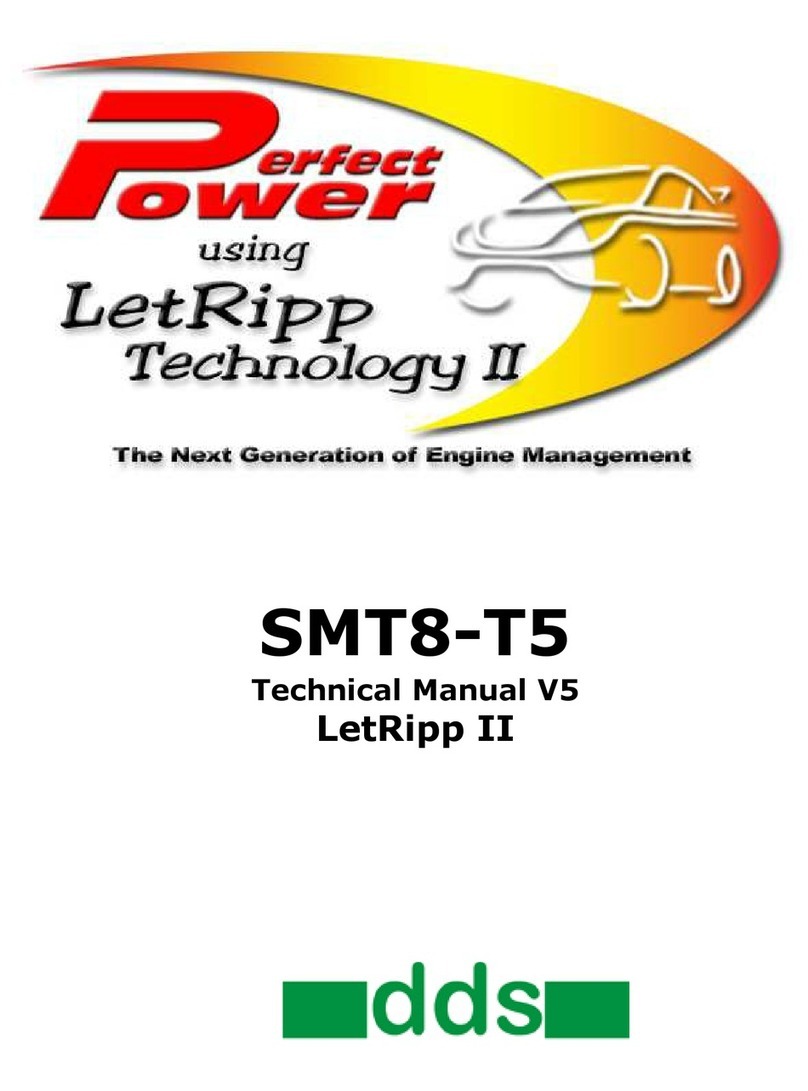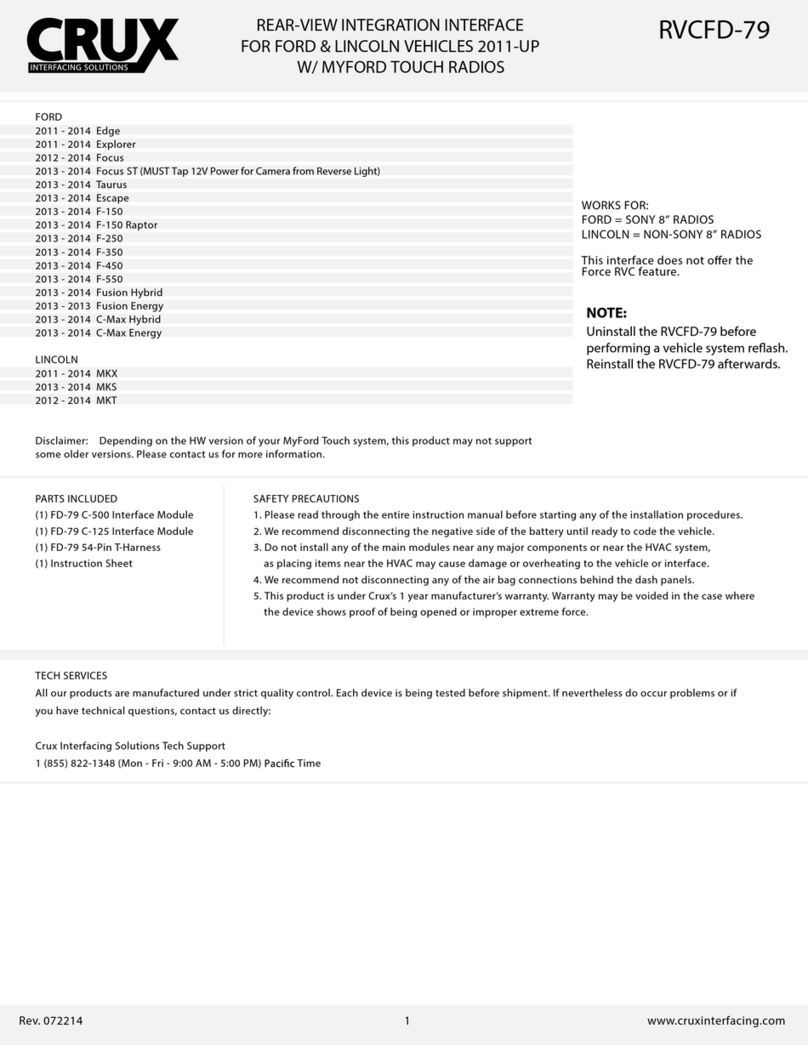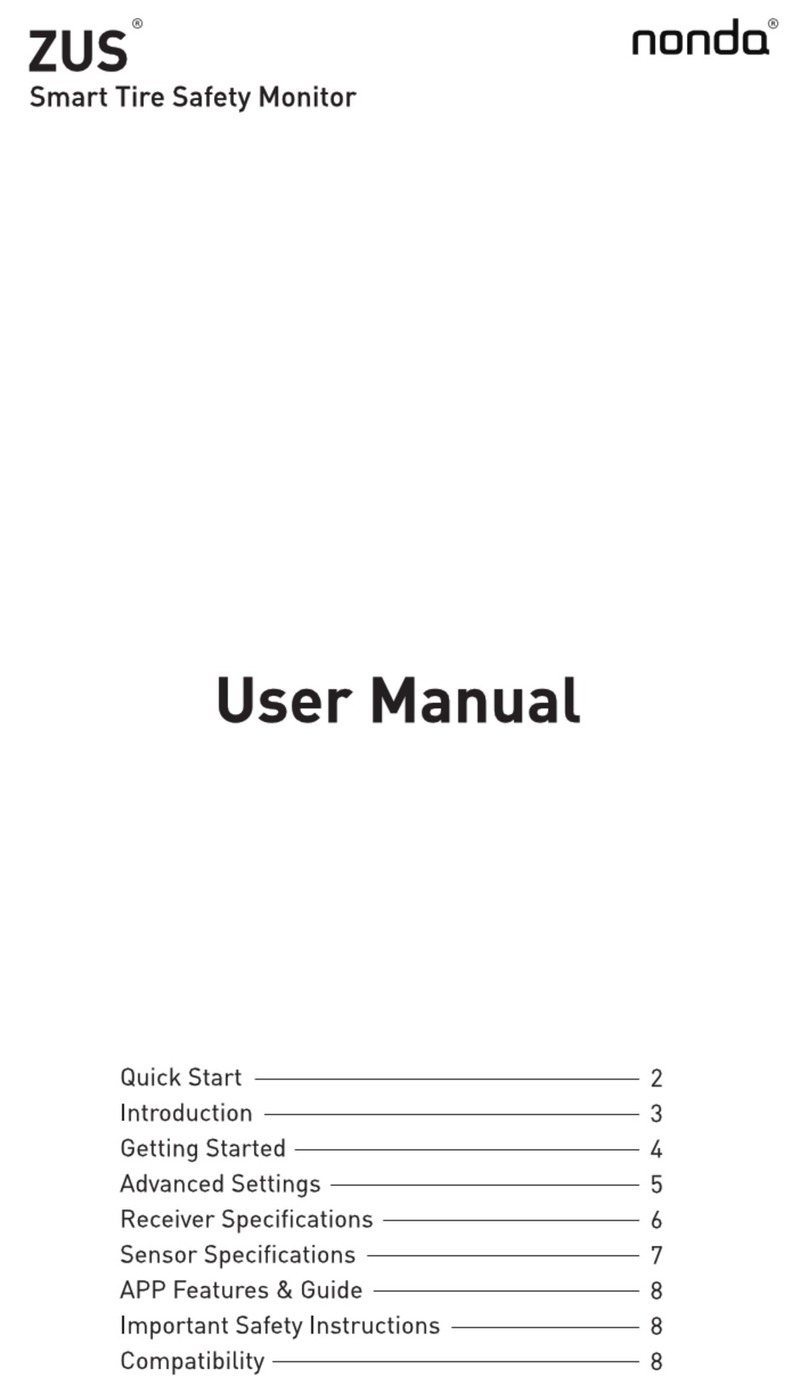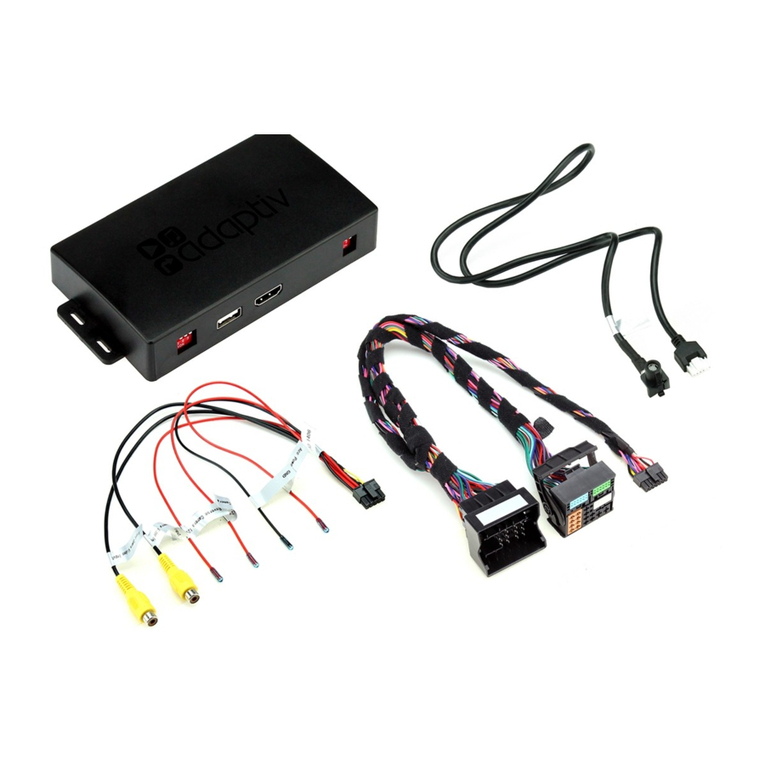
Dynamic Radar Cruise Control 4
Cautions
If other vehicles are driving outside of the millimeter wave radar detection range, a delay in the detection of the vehicle cutting
in at short range or detection failure of the motorcycle running on the side of the same lane will occur. In this case, the dy-
namic radar cruise control system will not function properly.
The distance between your vehicle and the vehicle ahead cannot be accurately detected in the following cases:
The vehicle ahead or other vehicles around you are flinging up water or snow.
Heavy luggage is loaded in your trunk or on top of your rear seats, or is raising up the nose of your vehicle.
The rear section of the vehicle ahead is extremely small such as an unloaded trailer.
The millimeter wave radar sensor automatically detects dirt if it is sticking to the front of the sensor or grille cover of your
vehicle.
However, in some cases dirt may not be detected and an appropriate vehicle–to–vehicle distance cannot be maintained. Continue
driving with due care to the vehicle ahead.
Dynamic radar cruise control does not operate when the vehicle is at a stop or is driving very slowly.
Pay special attention to the very slow vehicle at the end of the line in heavy traffic or at the toll gate.
Turn off the “ON–OFF” button when dynamic radar cruise control is not in use.
The approach warning may not turn on even if the the vehicle drives closer to the vehicle ahead in the following conditions:
Your vehicle and the vehicle ahead are cruising at almost the same speed.
The vehicle ahead is cruising at a faster speed than yours. (The distance between the vehicles will become longer.)
The accelerator pedal is depressed, immediately after the release of the accelerator pedal or immediately after the speed setting.
Depending on the road configuration (curved roads) or your vehicle condition (steering wheel maneuvering, position in the
lane), vehicles in other lanes or surrounding objects will be detected.
See Owner’s Manual for Complete Information.
